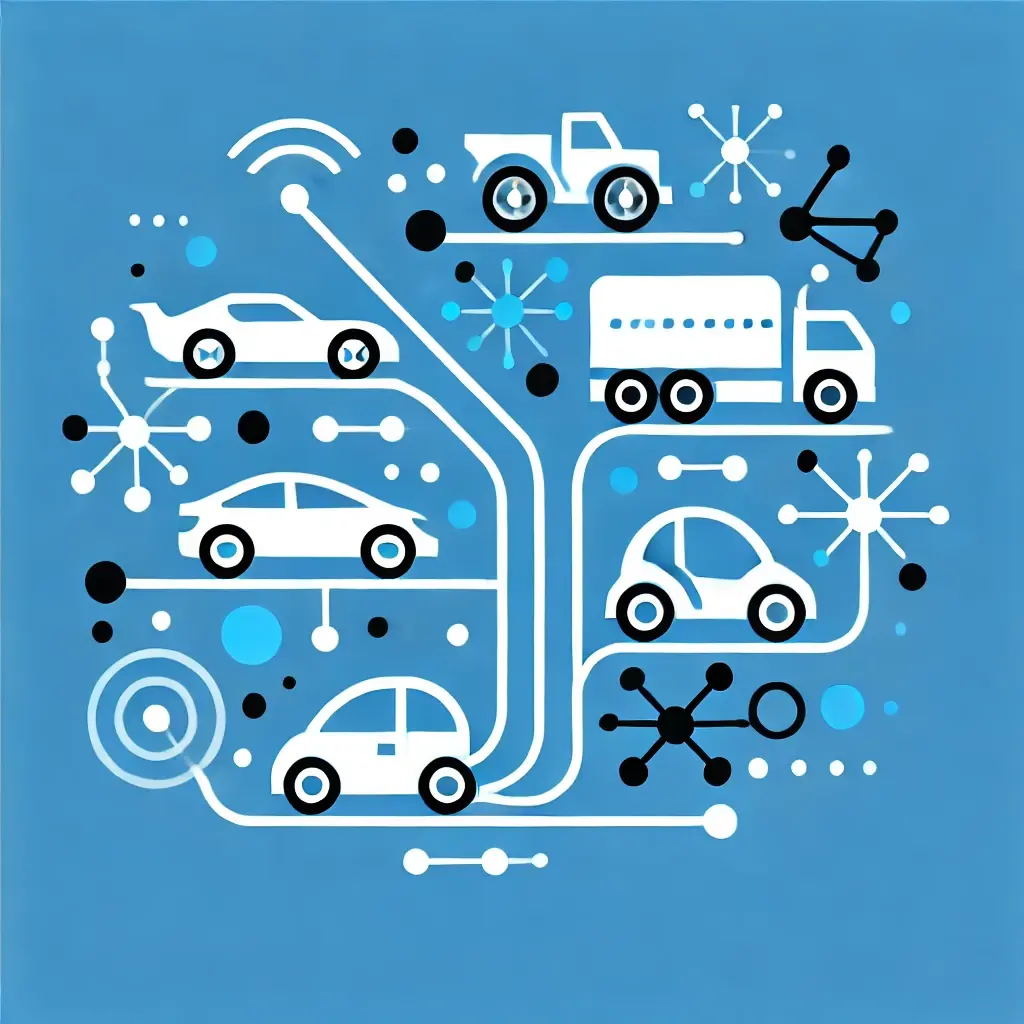Connected vehicles represent a significant advancement in automotive technology, primarily driven by the integration of artificial intelligence (AI) and the Internet of Things (IoT). These technologies enable continuous monitoring and management of vehicle performance and diagnostics through connected systems, enhancing both safety and efficiency.
AI and Vehicle Performance Monitoring
AI plays a crucial role in the connected vehicle ecosystem by analyzing vast amounts of data collected from various sensors and telematics systems. This data includes real-time metrics on engine performance, fuel efficiency, and overall vehicle health. By leveraging AI algorithms, manufacturers can identify potential issues before they escalate, allowing for proactive maintenance and reducing the likelihood of breakdowns. For instance, intelligent vehicle diagnostics can provide insights into the health of multiple components, helping to resolve issues that may hinder performance[2][5].
Telematics Systems
Vehicle telematics systems are at the heart of connected vehicle technology. These systems collect, transmit, and analyze data from vehicles in real-time, enabling fleet operators to manage their vehicles more effectively. Features such as GPS tracking, remote diagnostics, and performance analytics allow for comprehensive fleet management, ensuring that vehicles are operating at optimal levels. Advanced telematics solutions can also facilitate over-the-air (OTA) updates, ensuring that vehicles receive the latest software enhancements and security patches without requiring a visit to the dealership[2][4].
Smart Diagnostic Tools
Smart diagnostic tools further enhance the capabilities of connected vehicles. These tools utilize AI to provide detailed insights into vehicle performance, offering real-time alerts for maintenance needs and potential failures. By integrating with the vehicle’s electronic control units (ECUs), these systems can monitor various parameters and deliver actionable insights to both drivers and fleet managers. This proactive approach not only improves vehicle reliability but also enhances the overall driving experience by reducing downtime and maintenance costs[2][5].
The Role of Edge Computing
To manage the vast amounts of data generated by connected vehicles, edge computing has emerged as a critical technology. By processing data closer to the source—within the vehicle itself—this approach reduces latency and improves response times. Real-time analytics performed at the edge enable quicker decision-making, which is essential for applications such as collision avoidance and adaptive navigation systems. This shift in data processing architecture ensures that connected vehicles can operate efficiently and safely, even in complex environments[4][5].
Conclusion
The integration of AI, telematics systems, and smart diagnostic tools in connected vehicles is revolutionizing the automotive industry. These technologies not only enhance vehicle performance and diagnostics but also contribute to safer and more efficient transportation solutions. As the industry continues to evolve, the potential for connected vehicles to improve the driving experience and operational efficiency will only grow, paving the way for a smarter, more connected future in mobility[1][2][4].
Further Reading
1. How AI is transforming connected vehicles one sensor at a time
2. Connected Vehicle Services | SRM Tech
3. Digital Transformation – WirelessCar
4. How AI, IoT and The Cloud are Keeping Fleet Vehicle Drivers Safer Today — Occupational Health & Safety
5. AIoT Solution for connected Vehicles – SAS Support Communities


